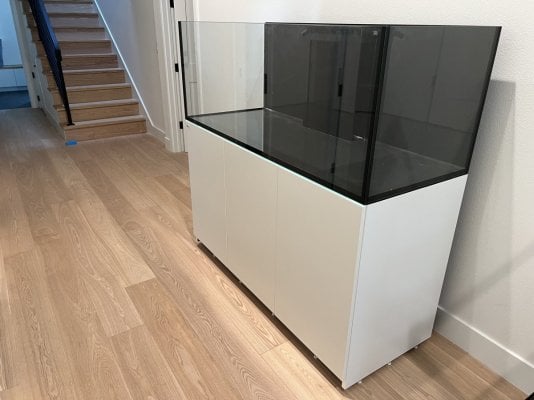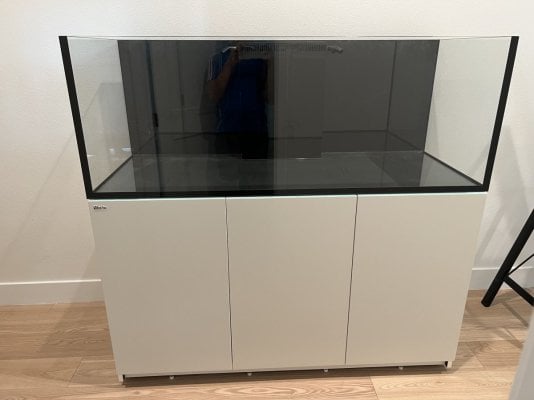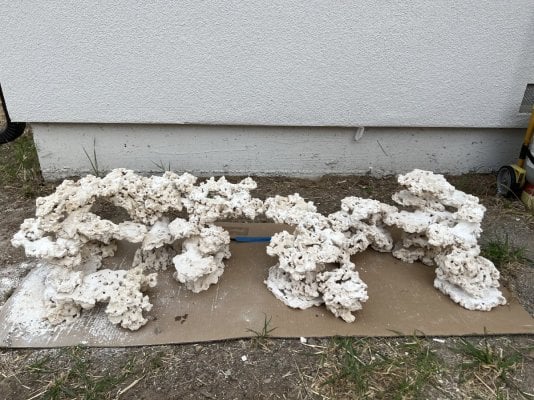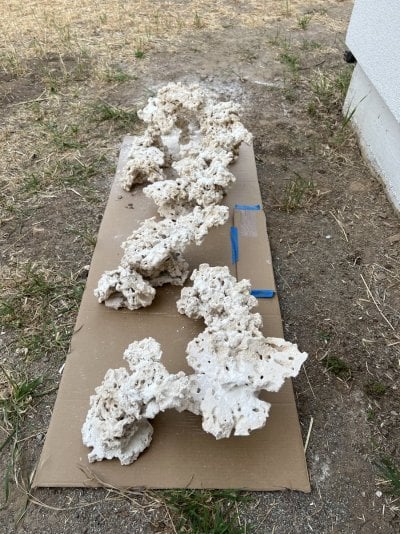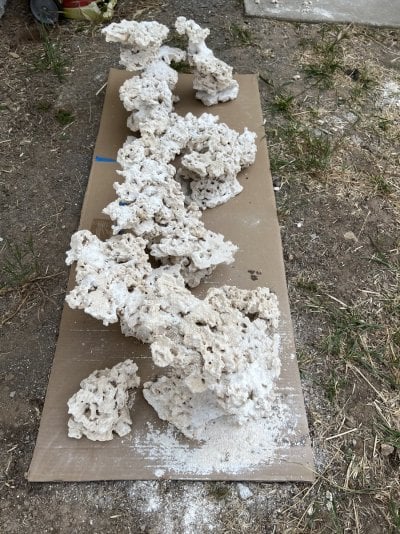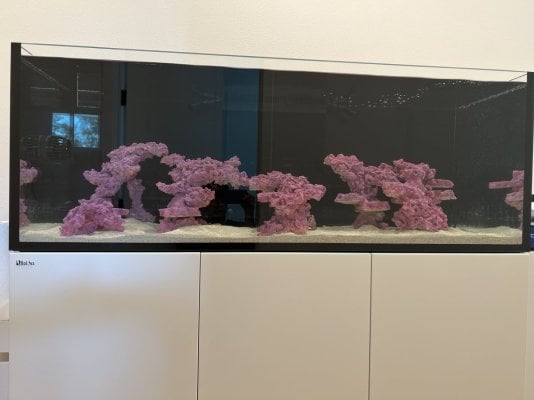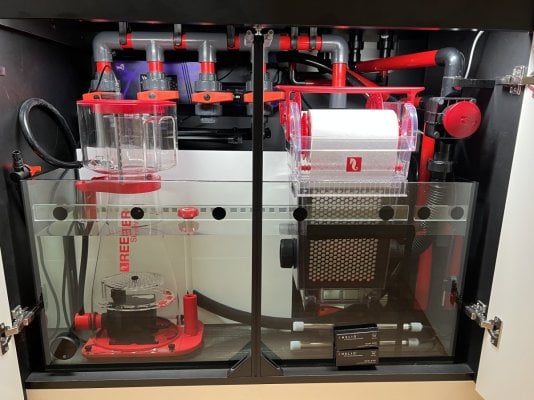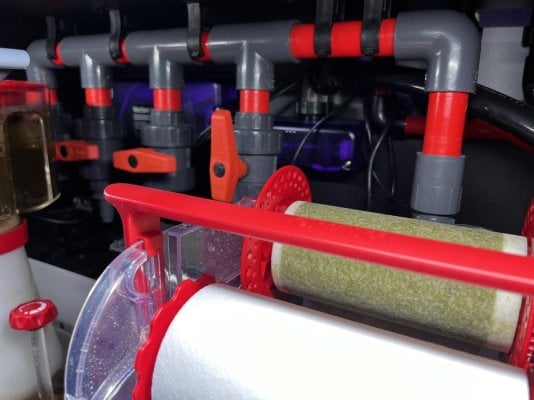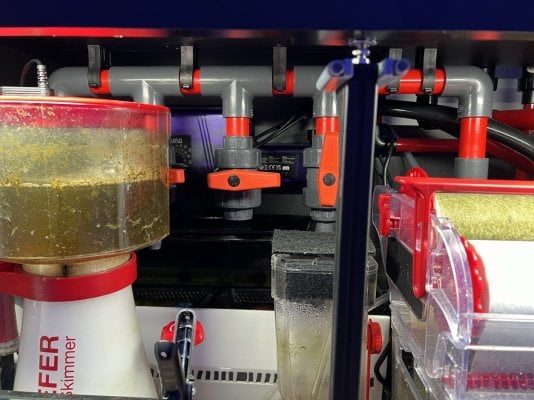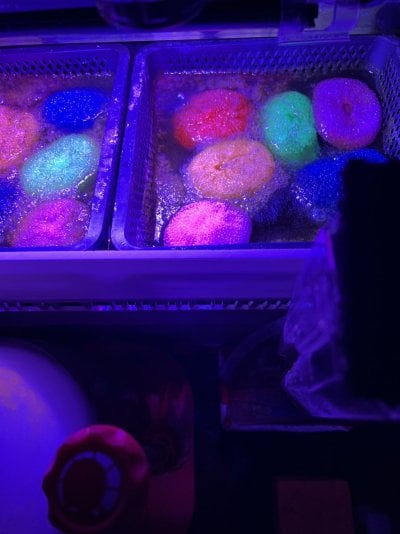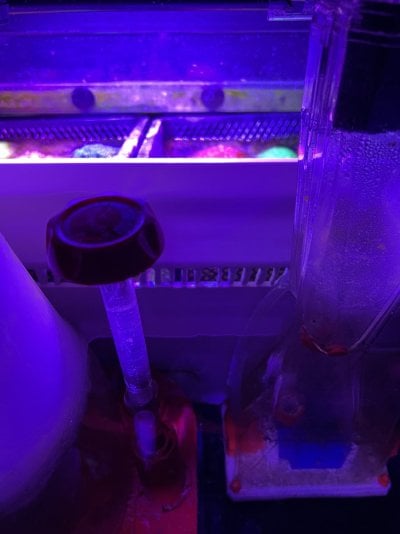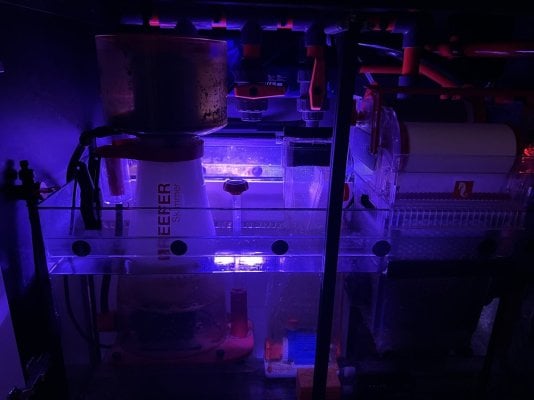After several years of hesitation I have finally decided to join the reef aquarium hobby. I blame Youtube for pulling me into this potential money pit! One night I found myself watching a video about traveling to Japan to buy high end koi fish. The koi pond videos led me to freshwater planted tanks and then to salt water reef videos.
I first started planning for an aquarium four years ago but abandoned the effort multiple times for various reasons. Since then I have thought about and decided against keeping an aquarium since the hobby looked too complicated and costly. A few months ago I finally decided to dive in after walking along the shoreline of the hobby for years.
When I start a hobby, I go deep and hard. This is one reason I was afraid to start but here I am!
For my first tank build I have decided to build a RedSea Reefer G2 525. This is a 59 inch wide tank with a 112 gallon display and 31 gallon sump. Here is my equipment. If you have any suggestions please let me know!
Theme
I first started planning for an aquarium four years ago but abandoned the effort multiple times for various reasons. Since then I have thought about and decided against keeping an aquarium since the hobby looked too complicated and costly. A few months ago I finally decided to dive in after walking along the shoreline of the hobby for years.
When I start a hobby, I go deep and hard. This is one reason I was afraid to start but here I am!
For my first tank build I have decided to build a RedSea Reefer G2 525. This is a 59 inch wide tank with a 112 gallon display and 31 gallon sump. Here is my equipment. If you have any suggestions please let me know!
Theme
- Mixed reef with strong emphasis on SPS coral and small to medium sized fish
- 1" sandbed using CaribSea Special Grade Live Sand
- Aquascape to be built using Marco rocks, super glue from Gluemasters, and Marco mortar. Aquascape to be colored using pink/mourned/magenta colorant from addictivereefkeeping.com
- Unlike most in the hobby I plan to put in fish last. I will instead stock with the most simple life forms first to build up the bio load processing capability and only add fish once some level of stability has been achieved
- Basic stocking plan: Cycle tank with bacteria in a bottle (one week), add macro algae + copepods + small clean-up crew (1 month), then add a few soft corals (1 month), slowly add fish while sizing up CUC (2-3 months), add cheap corals including budget SPS, add nicer stuff after 1 year mark hit
- I will be running with just copepods, CUC, and softies for at least two months before I introduce fish. I will feed lightly to ensure the CUC and copepods have something to eat. I hope to make zero water changes in the first few months other than to test equipment / procedures. If nitrates are high I will turn up the light on the refugium and run the protein skimmer more. I am not concerned about killing copepods since they are tough. If the CUC dies the cost to replenish is not high
- Any fish added later on will go through medicated quarantine. I have one local LFS (one hour drive) which has been certified by HumbleFish so I will use them or Dr. Reef's
- Detailed
- 58" AI Blades: Will start with 2 Grows and will add a Glow in 6-12 months once I start adding SPS
- I went with the AI Blades primarily because I like the look, low mounting height, and light spread. I am concerned about the glowing reviews from YouTube influencers and have no idea how well they will perform in the long run since they are unproven
- I thought about getting Radions but did not like the light spillage. I also cannot ceiling mount lights since I have very high ceilings and do not like the look of wall mounted hardware
- I will be building a "bucket refugium" using a black rectangular, 6-gallon bucket. I purchased this from one an online shop which sells window cleaning products
- I have gone with this setup since it will allow me to grow chaeto without flooding the sump with light. I also want to keep the sump as clean as possible
- Holes will be drilled to allow for water inflow and outflow. The inflow will be fed by a pump running a 4-valve manifold
- Lighting will be provided by AI Blade Refugium light which will shine through a hole I cut into the bucket lid. I went with this light since I wanted to pair the rectangular bucket with a rectangular light
- RODI: 6-Stage system from BRS paired with Smart Buddie RODI Booster Pump
- Will either use included RedSea ATO or pick up a Tunze 3155. To be paired with a large ATO reservoir of some sort (not identified) stored in a nearby cabinet
- Powerheads: Vortech MP40 (2)
- Mechanical Filtration: RedSea Reefmat 1200
- Protein Skimmer: RedSea Reefrun DC 600
- Return Pump: RedSea ReefRun DC 7000 Pump
- RedSea ReefRun Dual Controller (needed to control the skimmer and return pump)
- Pump for 4-valve Manifold: Reef Octopus Varios 6 (will also serve as backup for the return pump)
- UV Sterilizer: IceCap 27w
- 4-Valve manifold: To be built with parts from BRS. Will initially be used to provide flow to the bucket refugium and UV sterilizer. 2 unused valves will be there for future equipment
- Water / Leak Sensor: Included with RedSea G2 system
- I thought about going with Apex but some of the new Hydros products look ultra sexy
- The Hydros X10 and Kraken not been released so I will need to set up the tank slowly . . .
- Hydros Control X10: Controller, 4 port doser, salinity and PH probes, 4 sense ports (e.g., temperature, water level, alkalinity, sump doors), 2 drive ports (12V) (ATO and something else)
- Hydros XP8: 8 Wi-Fi enabled power outlets
- Hydros Kraken: Power cord management system and battery backup. Looks great for cord management but introduces single point of failure risk
- Hydros Slim Temperature Sensor
- Hydros Door Switch (turn on LEDs). Will purchase cabinet LEDs from Amazon
- Hydros Flow sensor (maybe)
- Black Aquarium Controller Board Wire Management System





